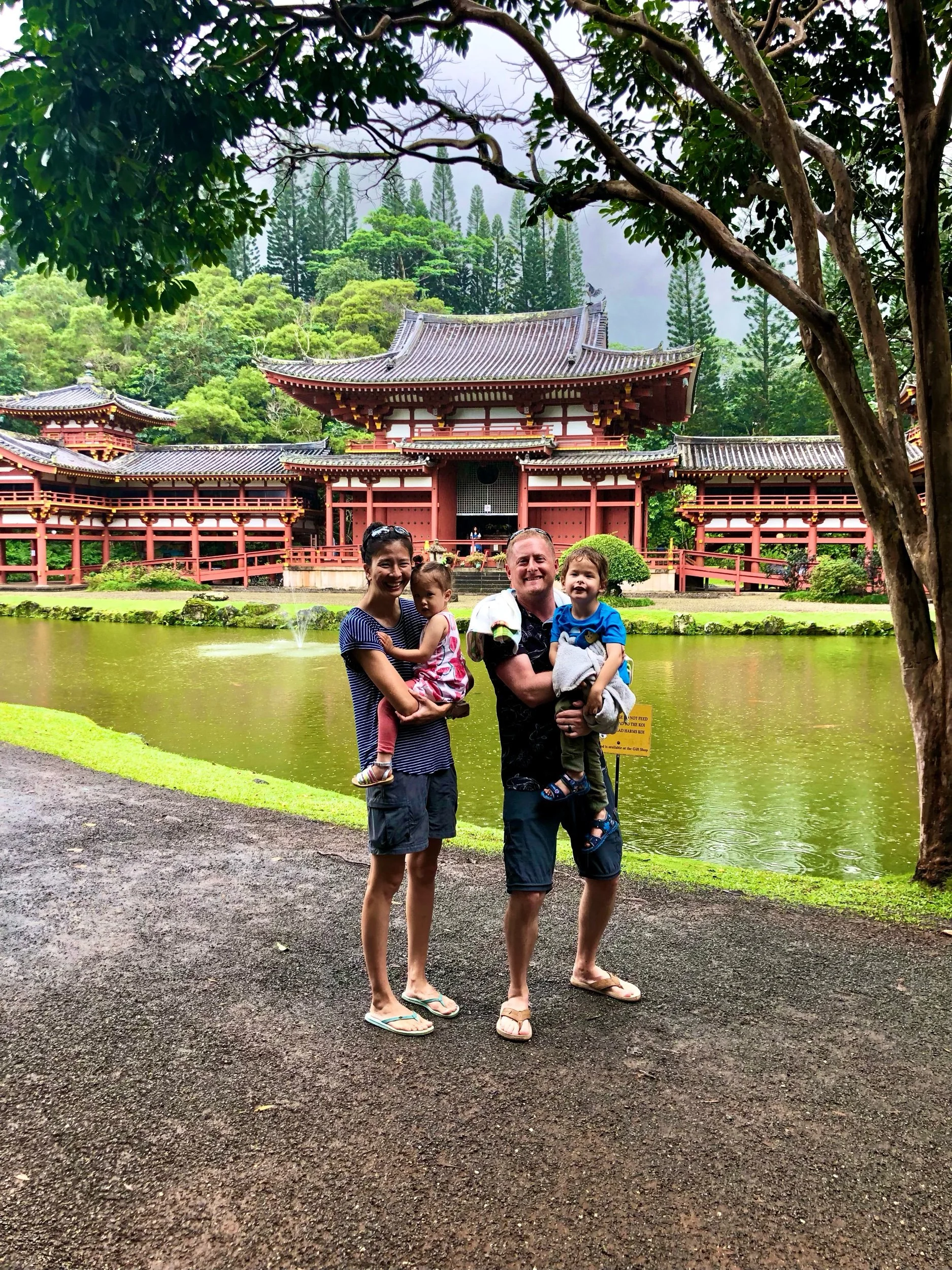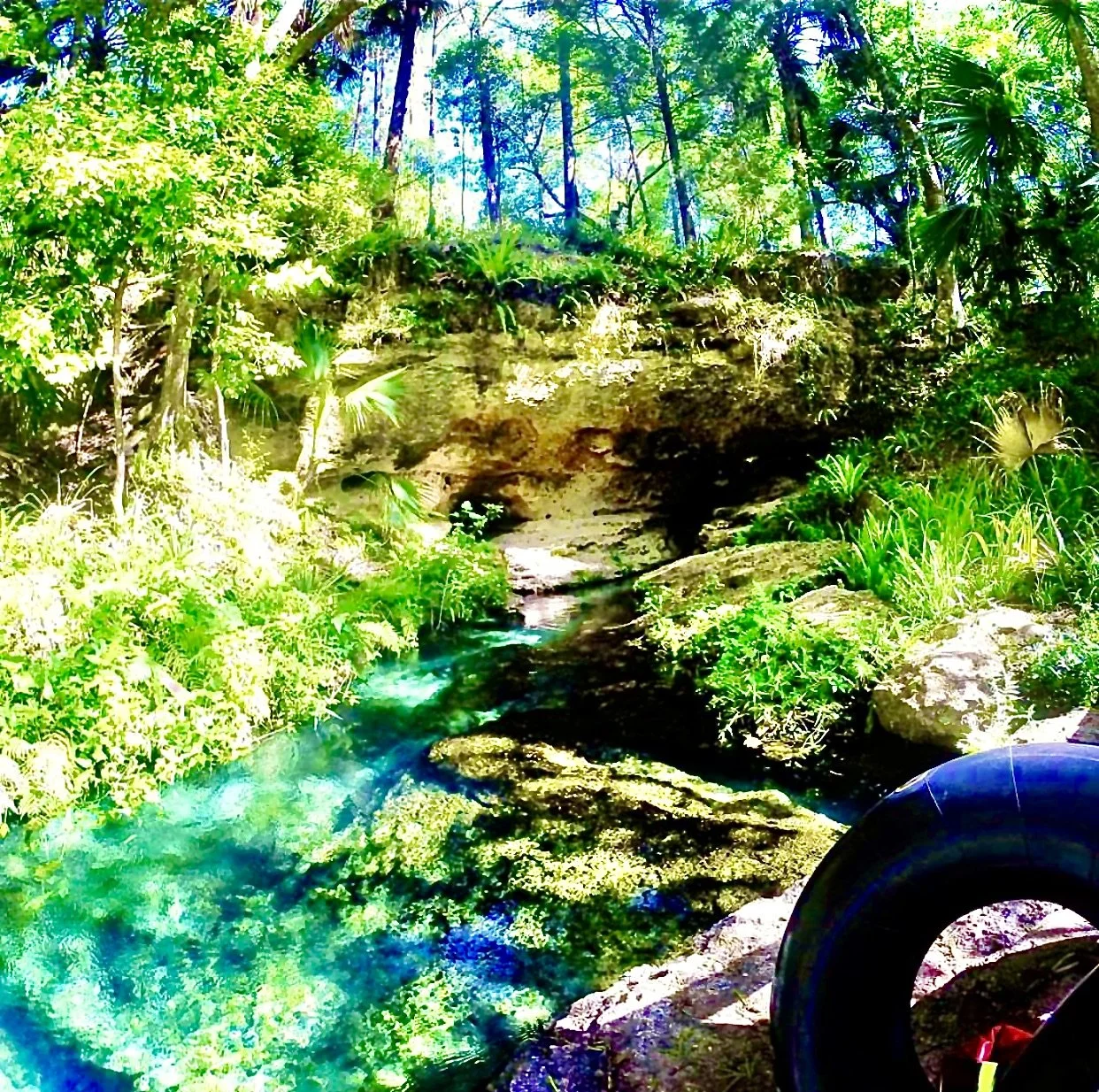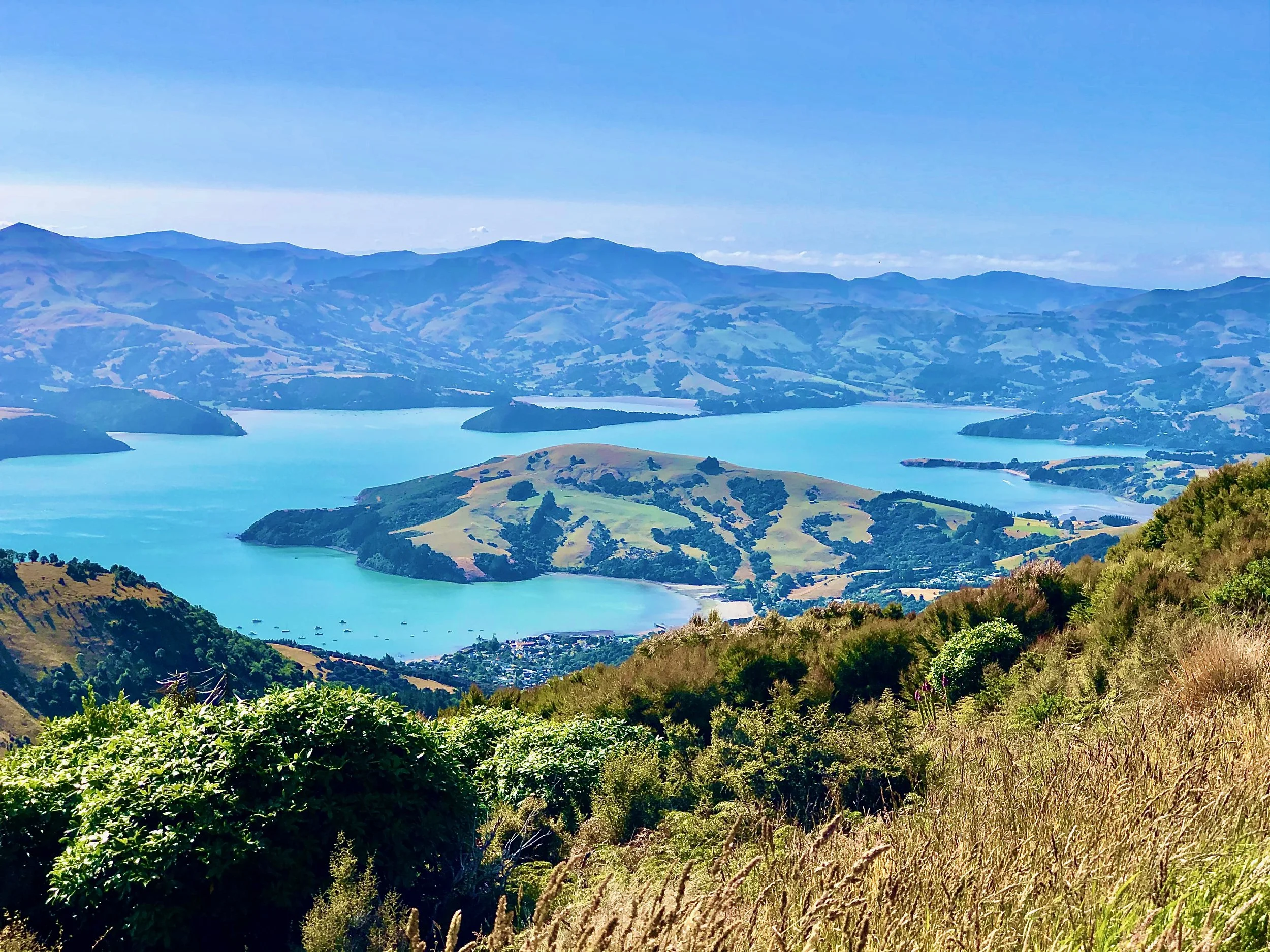Flying with a Newborn Baby
Please note: This post may contain affiliate links. See our disclosure to learn more.
Waltoshi’s first flight
Traveling with a newborn baby
Can I fly with a newborn baby? Of course every baby is different, but yes, it is definitely possible! However, airlines may require doctor approval if your baby is less than a week old.
We flew with our newborn at 2.5 weeks. We are not medical doctors or health professionals, so please use your own judgement and, of course, consult the advice of your personal physician.
But if you and your newborn baby are healthy, and you are wondering how to fly with a 1-month, 2-month, or 3-month old – here are our best tips and tricks!
We’ve flown with our baby on 11 flights in the first 10 months of his life. His first three flights were when he was 2 and a half WEEKS old from Cape Town, South Africa to Bangkok, Thailand with transfers in Johannesburg, SA and Hong Kong.
We’ll continue to update this post with all the ins and outs of traveling with a baby as we have more flights and/or more babies. Additionally, you can check out “Flying with an Infant and a Toddler” for some seriously vital information.
PLAN YOUR TRIP WITH A BABY
Buying airline tickets
When purchasing airline tickets for your baby, you’ll need to choose whether your newborn will be an in-lap infant or in-seat infant. Airlines generally let you choose whether you want to pay for a seat or hold your child in your lap for children under 2 years old.
The safest way for baby to travel is in their own seat in a rear-facing car seat. The budget-friendly way is to hold baby in your lap. Ticket prices for in-lap babies are usually around 10% of your adult ticket price for international tickets. Domestic flights for in-lap babies are generally free. Weigh the risks and decide what you’re comfortable with.
We travel on a budget of $2000 USD per month as a family, which includes any airline tickets for that month. So we’ve only bought in-lap tickets for our babies to keep costs down. It’s also easier to get to the gate and settle into your seat without lugging a car seat with you - something that can be a serious challenge of you are also carrying an infant and a carry on bag.
After purchasing your tickets, you can call the airline and request a bassinet if one is available on your airplane. They are typically located in the front row of each section, if they are available. A bassinet can give your arms a happy break, if you’ve purchased an in-lap ticket. Even if your baby doesn’t sleep in the bassinet, the front row gives you a little more space to stretch out.
Are you planning your trip BEFORE baby is born? You can book a flight for them if you’ve chosen your baby’s name like this guy, or you can wait until after your baby is born and add them to your booking. Choosing to fly with baby in-lap makes it easier as you’ll just have to pay 10% of the current seat rate.
Flying internationally
Remember to get your baby a passport!
Gather your documentation before baby is born if possible. Since our baby was born abroad, we had to apply for a Consular Report of Birth Abroad (CRBA) at the same time that we applied for a US passport.
But we printed out all of the forms and gathered the documents needed in advance. Once baby was born, all we needed was his birth certificate and passport photos to submit with all the paperwork.
Getting passport photos of infants can be challenging, but not impossible.
TIPS: Try to feed baby right before so they are happy and content. Newborns can be laid on a white sheet or background with the camera person above them.
have baby, will travel
Packing
Packing for a newborn – especially as a first-time parent – can be stressful. You don’t know what baby travel items are essential and which ones can be left at home.
Don’t worry! Babies are being born all over the world every day and if you forget something you will likely be able to get it at your destination – or at least a similar thing.
As for the flight, these are our carry-on essentials for flying with a baby:
Passport (we use these covers to protect our passports)
birth certificate (certified copy)
if you're traveling as a single parent a notarized letter authorizing travel is usually required these days
diapers (approximately one for every 2 hours of travel, plus a couple extra in case of flight delays or lost luggage)
wipes/bum cream/poop bags
changing pad – this one doubles as a clutch to hold diapers/wipes/cream for easy-to-go changing
extra clothes for baby AND you – You’ll want an extra shirt if the blowout leaks on you!
feeding cover – I LOVE this multi-use one!
food for baby - breastfeeding is easiest as you don’t have to pack anything extra. Bring what you need to feed baby bottles, pump, etc.
baby carrier/sling – Get one that’s easy to pop baby in and out. If the flight is long, the baby carrier can give your arms a rest!
muslin cloths – use as a bib, burp cloth, extra blanket, swaddler, hood
baby blanket – newborns need help regulating their body temp. They can get cold easily. Keep them warm!
warm clothing layers
hand sanitizer
sanitizing wipes
pacifier
You may also want to pack teething toys/distraction toys depending on your baby’s development stage and temperament. Or possibly even teething gel, if they are teething!
Our baby is happy to look out the window or smile and wave at people nearby so we haven’t had to bring toys on airplanes–yet. Newborns tend to sleep a lot too, so hopefully your baby will sleep through the flight!
CHECKING IN AND GETTING TO YOUR GATE
Arrive EARLY. I’m not sure about in-seat baby tickets, but in-lap boarding passes are often only able to be issued at the counter from an agent. This means you are unable to utilize online check-in nor can you check-in at the quick kiosks.
Occasionally, some airlines will send you to the business or priority check-in counters, but most times you’ll have to stand in the regular line. If you’re traveling with more than one adult, you can have one person stand in line while the other holds the baby on the side and joins once you get to the counter.
You can also check your stroller and/or car seat at check-in if you want. It doesn't cost anything extra. Sometimes you’ll need to bring them over to oversize baggage check-in. Your other option is to gate check your stroller and/or car seat right before boarding.
Again, purchasing a seat for your baby and bringing your car seat on board is safest. Gate checking the car seat is next safest as there is less chance of damage to it when they store it.
To get to your gate, we recommend wearing your baby in a carrier as most of the countries we’ve been in allow you to wear your baby through the metal detectors. You may have a pat down but you don’t have to go through the x-ray.
In Australia we had to take our baby out of the carrier and carry him through the detector while putting the carrier through the x-ray machine. Arriving early to the airport will give you peace of mind as you navigate the check-in process and security checkpoints because they differ in each city and country.
Another benefit of wearing your baby is keeping them close to you and away from friendly, but potentially very germ-ridden, strangers. Sometimes people want to peek at your newborn – babies are a magnet – but I would usually cover baby’s head with a muslin or wear my nursing scarf over the carrier and tell strangers he was sleeping.
pacifer - check. muslin to cover and protect - check. ready for flying!
THE FLIGHT
Most airlines usually announce during boarding that parents with babies are able to board early with first-class and frequent flyer club members.
With many people trying to fly carry-on only in order to avoid baggage fees, it’s nice to be able to board early and make sure you get space in the overhead compartment directly above your seat. If you chose the seats with a bassinet, there are no seats in front of you to stow bags under - so all carry on items must be stored in the overhead compartment!
TIP: Pull out your changing clutch to keep at your seat. Wipes are always handy, and it will make it easier to go and change baby.
Flight attendants are usually very helpful and will come by to inform you which on-board lavatories have changing tables, and where the infant life jacket is located. If you’ve chosen to fly with your baby in-lap, the flight attendant will also provide you with the infant seat belt and instruct you how to attach it to your seat belt.
If you’ve chosen to purchase a seat for your newborn, you will appreciate being able to board earlier to use the extra time to install the car seat. You may want to bring a printout with the airline’s policies regarding car seats and documentation showing your car seat is approved for flights.
Do your best to time feeding with takeoff and landing.
The sucking motion will help relieve pressure in baby’s ears.
Offer baby a pacifier if they’ve already eaten.
On our first flight some Chinese grandmothers seated behind us advised us to fold baby’s earlobes up to cover the ear canal opening. I don’t know if it’s scientifically proven to help, but we’ve done it every flight since then and our baby hasn’t complained during takeoff or landing!
THINGS TO CONSIDER WHEN TRAVELING WITH A NEWBORN
There will always be naysayers to flying with a newborn. Some people will flat out tell you that you can’t do it. Others will present their concerns. Here are the most common concerns people tend to bring up when you tell them you’re taking a trip with a newborn baby.
Immunizations
Common colds/viruses
Mama recovery time
Again, every mama and baby are different. You know yourself and your baby best. If you’re just looking for reassurance that you CAN do it, then read on!
Immunizations
Every country has their own schedule of immunizations/vaccinations. Whether you’re planning on flying domestically or internationally, talk with your pediatrician about your travel plans and discuss which immunizations your baby may need.
If you’re going on a long-term trip to another country, you may want to look at getting your baby’s shots in that country if it’s their scheduled time.
Some countries like Australia and New Zealand give vaccinations to children of residents for free. If you’re just visiting, they may charge you the doctor consultation fee but give the shot for free.
Our first baby has gotten immunizations in South Africa, Thailand, Malaysia, Australia, and Turkey so far. We’ve paid out-of-pocket and it has been about $30-$100 USD each visit, which includes wellness checks and immunizations.
If you’re just going on a week or two vacation, you’ll most likely just stick to your home country’s immunization schedule. Depending on your destination your doctor may want to give some vaccinations early – recently there have been measles outbreaks so some areas are being advised to give babies a first round of vaccinations starting at 6 months in addition to the regularly scheduled 2 doses starting at 12 months.
Common colds/viruses
Flying during winter usually means more people are out and about with colds – meaning more sneezes and coughs to avoid. Going to a supermarket, busy shopping mall, or even walking around a city may present your baby with the same chance of interaction with germs and viruses as being at the airport.
So take the precautions you would normally take when going out with a newborn. Limit interactions with strangers. Insist on people washing their hands or using hand sanitizer before touching/holding baby. Don’t let people kiss your baby.
If you don’t babywear, consider doing it for the airport and flight. It really does help keep baby close to you and away from usually well-meaning, kind, but potentially germy hands.
with this stylish feeding cover you almost can’t tell there’s a baby in this photo! Also, I’m obviously not a model and didn’t know this photo was being taken.
Mama recovery time
While flying with a newborn is entirely possible, if I were to do it again I’d try to wait at least 6 weeks before flying after giving birth. We didn’t have that luxury since our visa was ending – we left Cape Town just a couple days before it expired.
Baby did amazing on his first flights – I was the one who was still healing. Postpartum bleeding can take longer to subside if you don’t rest properly the first few weeks. So if you need to fly like I did, do your best to minimize strenuous tasks.
Get to the airport early to give yourself plenty of time to walk slowly to the gate.
Bring your donut cushion for your plane seat. Remember to stay hydrated.
Get a lounge pass so you can rest in the lounge before your flight. Also if you have connecting flights/long layovers, you may be able to use the lounge for a quick shower.
Sleep will probably be elusive whether you travel or not. So flying with your baby across time zones and worrying about jet lag shouldn’t really be a thing to consider. Do your best to get sleep when you can.
Flying with a newborn may be more challenging than flying without a baby, but it probably isn’t as hard as you might think. Newborn babies sleep a lot and don’t need much entertaining. They are usually content to be held, rocked, fed, and changed.
You can do it! Let us know if you have any questions about flying with a newborn that wasn’t answered here, and where you’re planning to go with your little one!
Thank you VERY much for reading our article. We actually created this website to help people reach financial independence. Did you know that by having a remote job and traveling endlessly, or living in a country that has low costs of living, you can actually reach retirement quicker? Plus, retirement abroad is up to 75 percent cheaper as well! Learn more by exploring our website: EatWanderExplore and REmotiFIRE.
See our Thank You page to sign up for our free weekly newsletter - you’ll receive only 1 email per week letting you know about our latest travel articles, remote-work life, and amazingly affordable destinations!
Found this post useful? Buy us a coffee to help support this site’s running costs OR share this article with a friend.





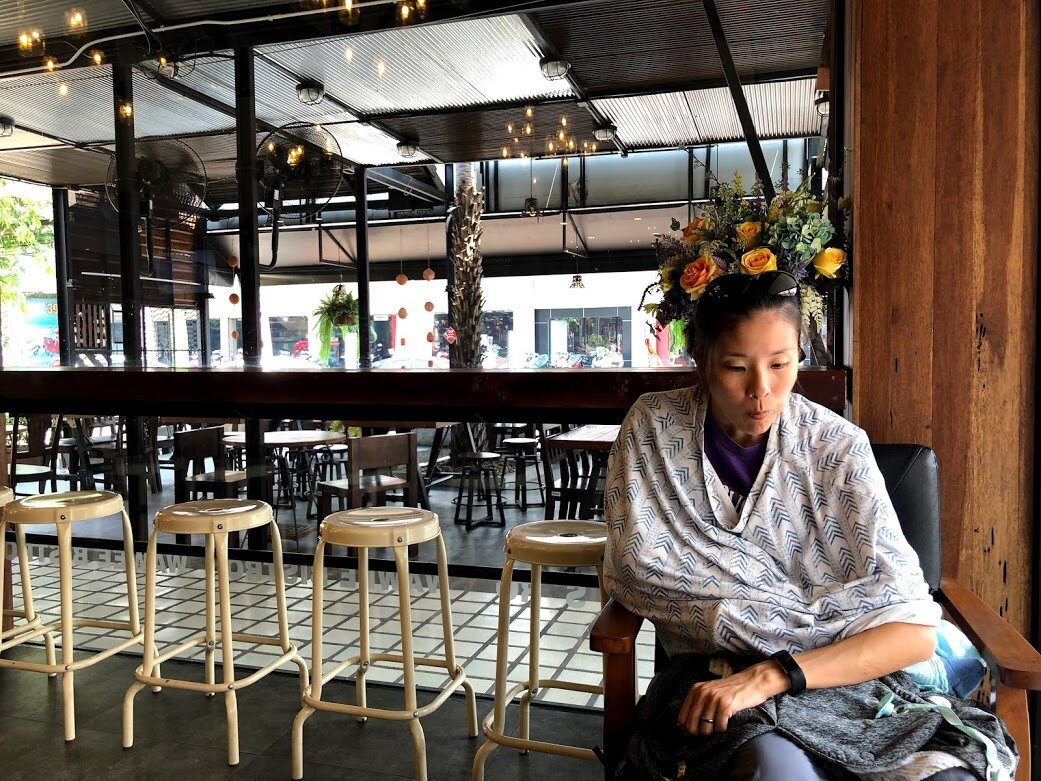
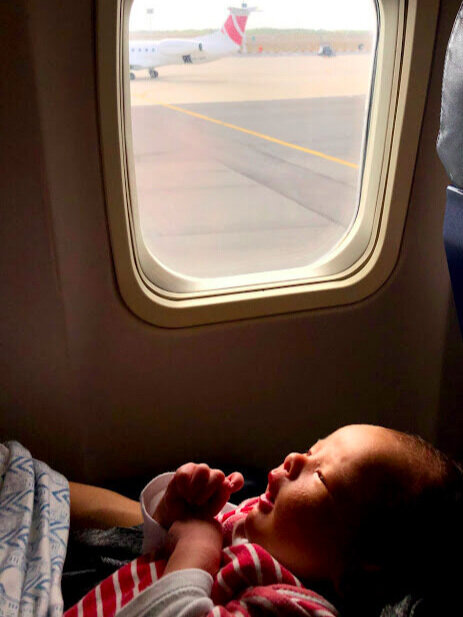

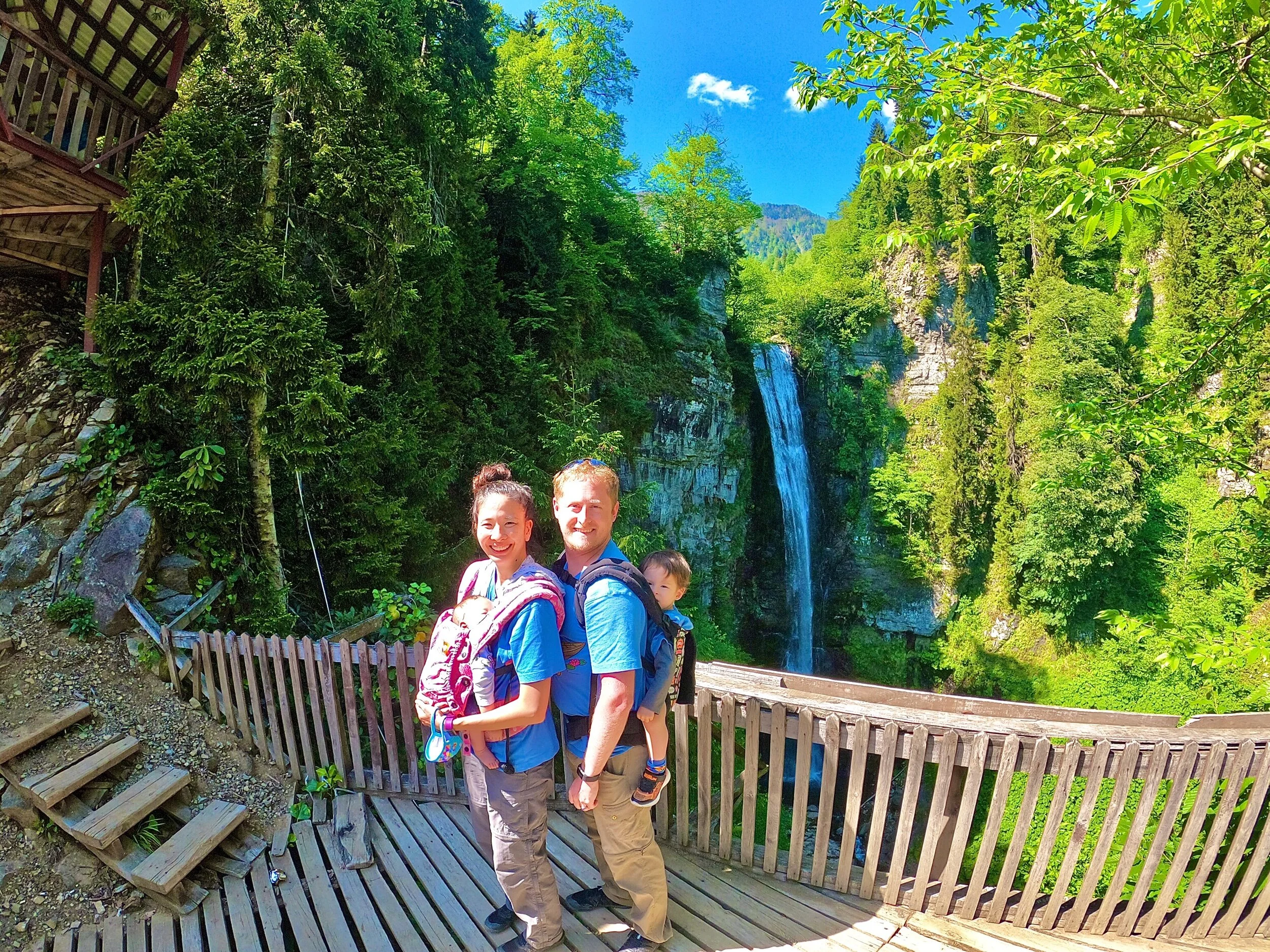





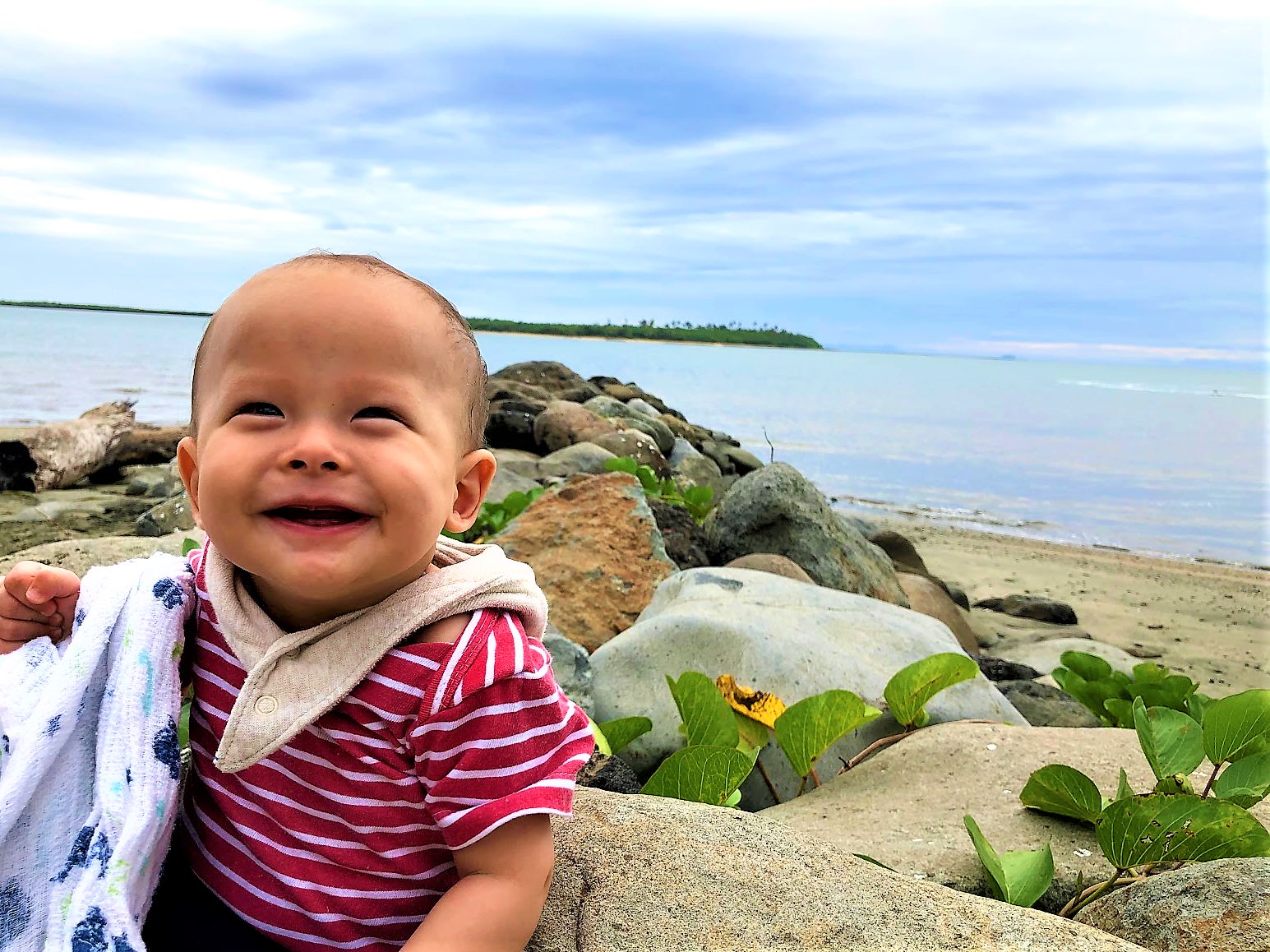





![Tech Elevator Demystified: Reviews, Legitimacy, and Winning Alternatives [2024]](https://images.squarespace-cdn.com/content/v1/5a028c7bbce1766d207a8a6f/1707008329038-96GH4TTYZATP6N3WDWXR/tech_elevator.png)
![Cracking the Code: Coding Dojo Reviews, Legitimacy Check, and Top Alternatives [2024]](https://images.squarespace-cdn.com/content/v1/5a028c7bbce1766d207a8a6f/1707007756149-VSJNN2PHHX2RWK6RSVQM/coding_dojo.png)
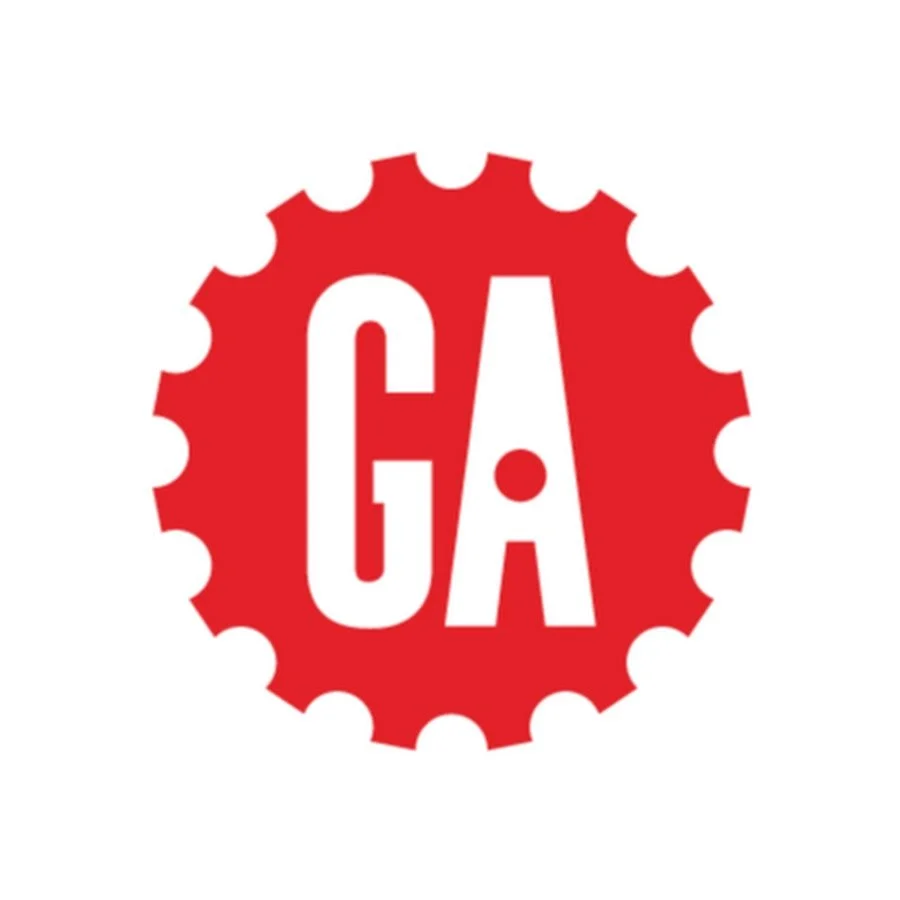

![App Academy Unveiled: Reviews, Legitimacy Check, and Top Alternatives [2024]](https://images.squarespace-cdn.com/content/v1/5a028c7bbce1766d207a8a6f/1707008090320-IUIIV4T416FP5ILRGK5W/app_academy.png)
![CareerFoundry Decoded: Reviews, Legitimacy, and the Best Alternatives [2024]](https://images.squarespace-cdn.com/content/v1/5a028c7bbce1766d207a8a6f/1707008030234-CZTE1805JUCU2M2GK7RO/careerfoundry.png)


